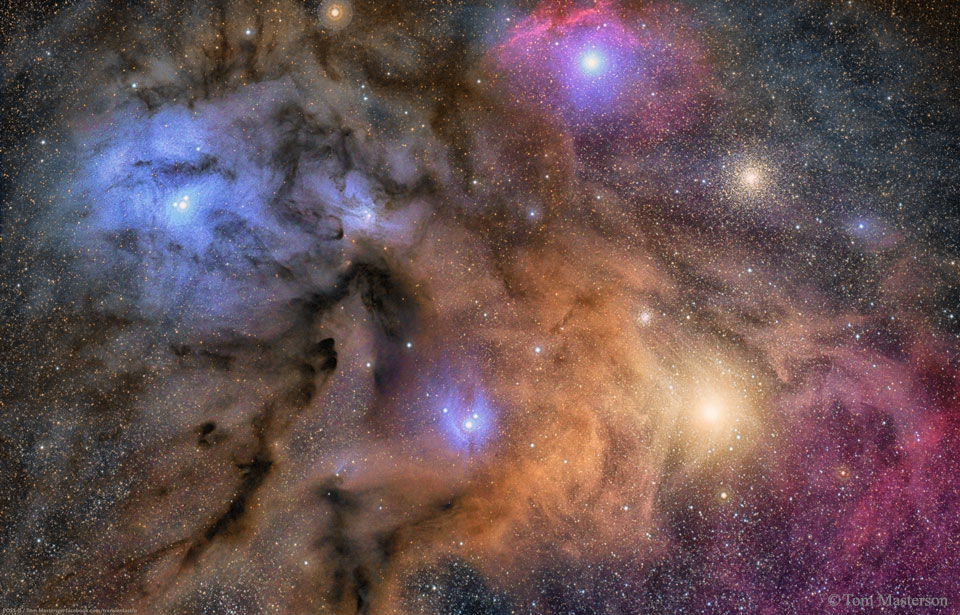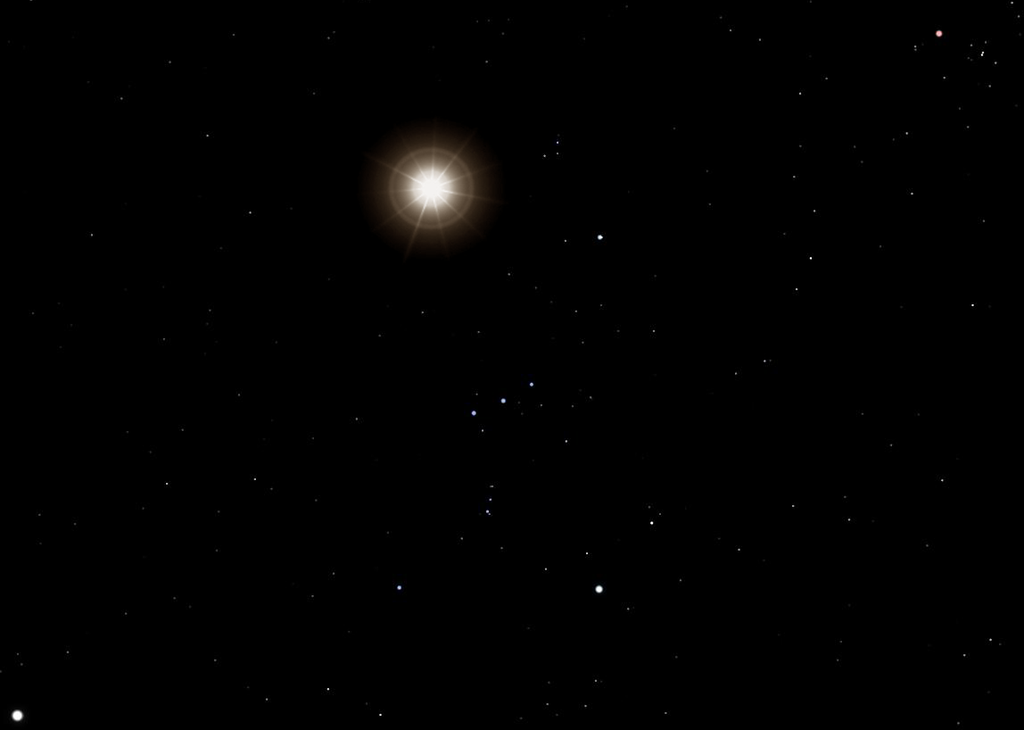Chris Peterson wrote:Ann wrote:Yup, that's M78, the brightest known reflection nebula in the sky, as seen from the Earth.
I'm skeptical of that claim. Of course, it might depend on how you choose to define "bright", as the word isn't a technical one and can be interpreted in several different ways when referring to diffuse objects.
And I'm not insisting on it. I read it somewhere, maybe back in Burnham's Celestial Handbook, that M78 is the brightest reflection nebula.
M78
is the only "pure" reflection nebula among the Messier objects. Yes, there are reflections nebulas associated with some other Messier objects, such as the Pleiades and the Trifid Nebula, but it seems certain that it wasn't the faint reflection nebulas associated with M20 and M45 that caught Charles Messier's eye.
According to
this page, M78 is an 8th magnitude object. That seems moderately bright for a reflection nebula to me. M78 may have a higher "surface brightness" than (most) other reflection nebulas, whose light-scattering parts may be more spread out and harder to spot against the background of the sky than the concentrated knot of nebulosity that was Charles Messier 78th discovery (or entry). M78 also stands out particularly well because of the dark dust lane framing half of it.
NGC 2023 near the Horsehead nebula may be brighter than M78 for all I know, but the central star there is very prominent, there is no dust lane to frame the nebula, and the background is pretty bright.
And it wouldn't surprise me if there are some bright reflection nebulas in the southern hemisphere. Who's to say that the
Rho Ophiuchi nebula isn't brighter than M78, just because Charles Messier didn't spot it? It sure seems big enough as seen from the Earth to be brighter than M78. But again, it has no dust lane to frame it and set it off.
When it comes to the "absolute luminosity" of reflection nebulas, if there even is such a property, I have no idea what nebula would win that prize.
Ann
 M78 and Orion Dust Reflections
M78 and Orion Dust Reflections




